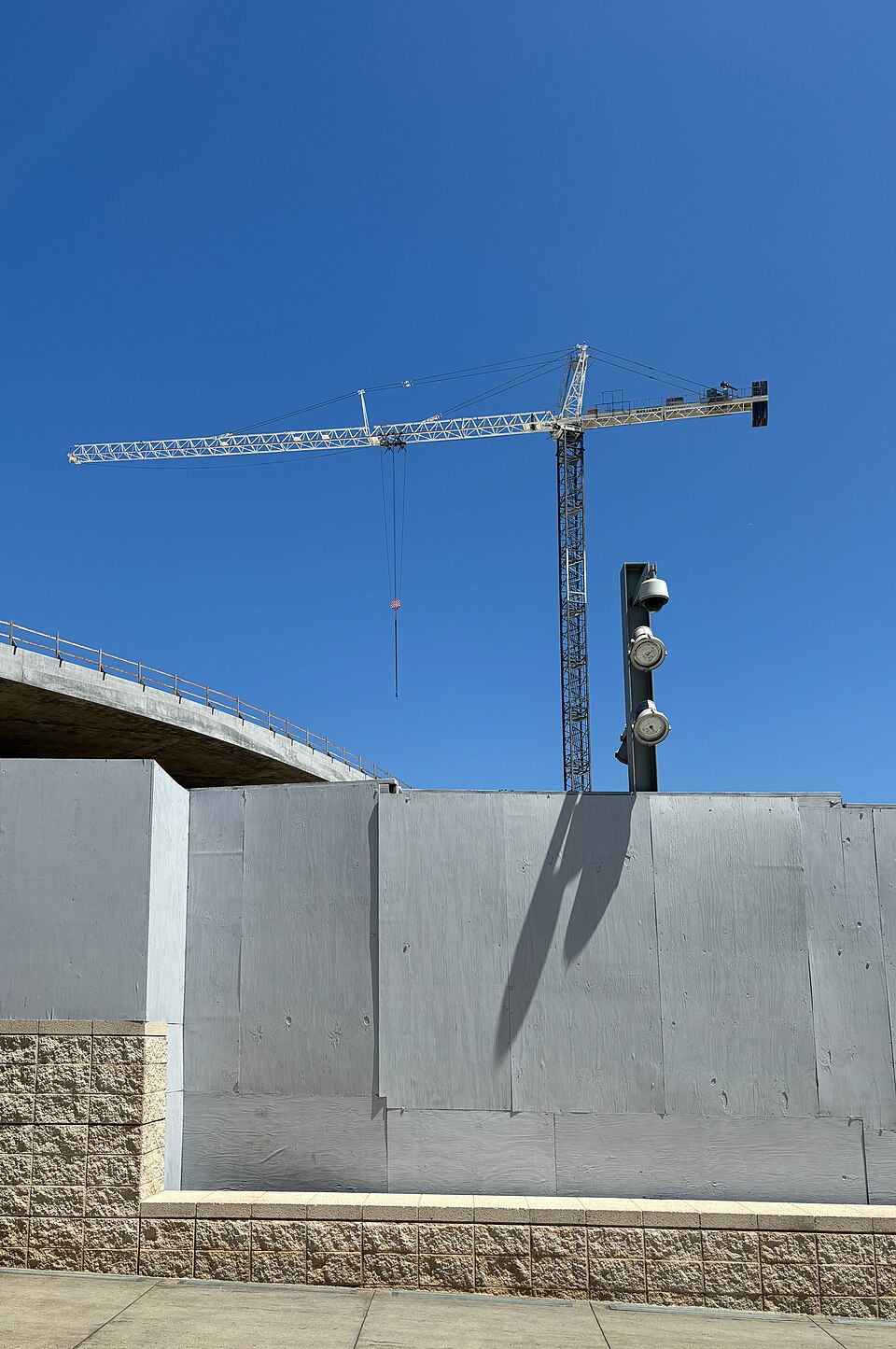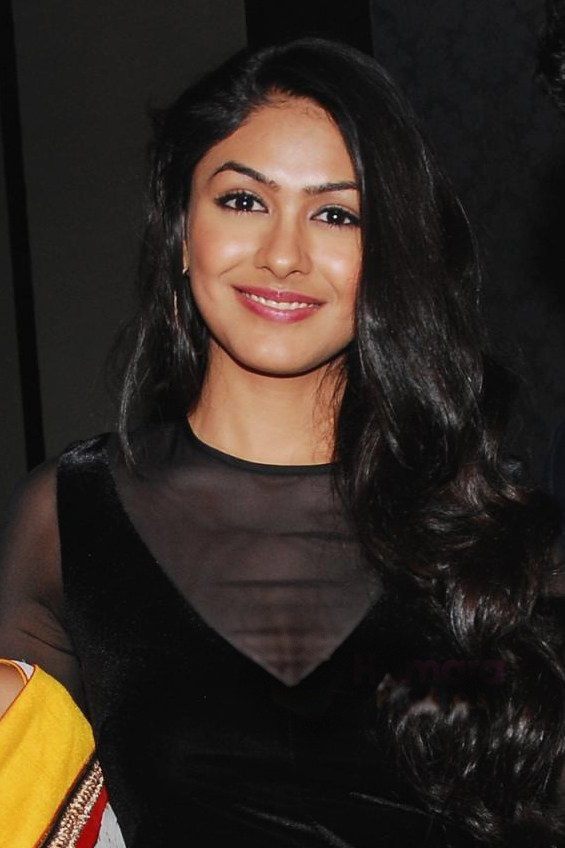LACMA's New Era: Transforming Fashion Exhibitions in Art Museums

The Los Angeles County Museum of Art (LACMA) is set to redefine the intersection of fashion and art with the opening of its David Geffen Galleries in 2026. This significant expansion will feature more costume and textile exhibitions than ever before since the museum's inception in 1965, highlighting the evolving role of fashion in cultural institutions.
The new wing will debut with over 130 pieces of costumes and textiles, emphasizing LACMA's commitment to integrating fashion within the broader context of art. This initiative coincides with a global trend where museums are increasingly recognizing the financial and cultural importance of fashion exhibitions. According to LACMA's CEO, Michael Govan, “Exhibitions that have popular, public media support and currency have grown,” reflecting a shift in how institutions engage with contemporary culture.
LACMA's upcoming exhibitions include ‘Fashioning Chinese Women: Empire to Modernity,’ which will showcase mannequins designed by Jason Wu, set to open next year. Furthermore, the museum plans to unveil the second part of ‘Fashioning Fashion’ in 2027, covering a century of global fashion from 1900 to 2025. This will feature both international designers and local talents, emphasizing LACMA's role in the global fashion narrative.
Historically, LACMA has been a part of an artistic evolution where fashion is becoming more recognized as a legitimate form of art. The success of the Metropolitan Museum of Art’s Costume Institute, particularly the Louis Vuitton-sponsored ‘Superfine: Tailoring Black Style’ exhibition, has set a precedent in the sector, generating substantial revenue and public interest. According to reports, the Met Gala has raised record funds, significantly benefiting the museum's costume and textiles department.
Luxury brands have increasingly contributed to this trend by sponsoring exhibitions and establishing their own museums, thereby blurring the lines between commerce and artistry. Govan notes that the wealth generated in the fashion industry has raised public awareness about art, benefiting both artists and institutions.
The David Geffen Galleries, designed by architect Peter Zumthor, will present textiles in a thematic, rather than chronological, manner, showcasing how oceans have historically facilitated the exchange of ideas and aesthetics across cultures. Govan emphasizes the importance of rethinking the hierarchy of art forms, stating, “There were times when cloth was way more important than painting.” This conceptual shift aims to elevate the status of fashion collections within the museum's architecture.
Sharon Takeda, LACMA's costume and textiles department head, asserts, “This has been a golden decade for my department,” as the museum has expanded its collection significantly, acquiring millions of dollars’ worth of textiles, including notable acquisitions from the 18th to 20th centuries.
Future exhibitions will continue this trajectory, including a retrospective of Reiko Sudō, a prominent Japanese textile designer, scheduled for autumn 2026. Govan remarks that museums, more than ever, have become gathering spaces for various cultural expressions, from fashion to digital art, indicating a promising future for the intersection of these worlds.
As LACMA prepares to unveil its new galleries, it sets a benchmark for other institutions, harnessing the synergy between fashion and art to engage broader audiences and redefine cultural narratives. This evolution not only enhances the visitor experience but also reinforces the museum's role as a pivotal player in the global art ecosystem, fostering creativity, legacy, and collaboration across industries.
Advertisement
Tags
Advertisement





